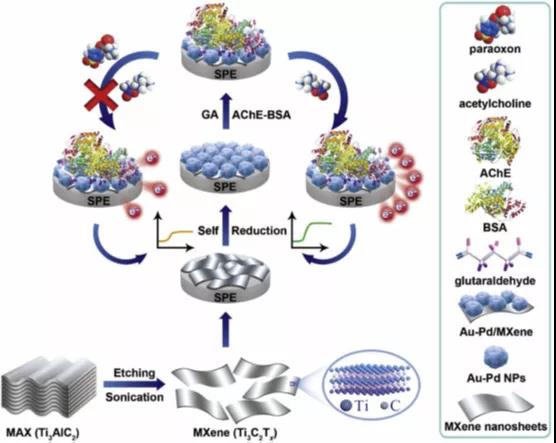JHM: Functional platform for pesticide sensing with MXene nanosheets attached to bimetallic nanoparticles
QQ Academic Group: 1092348845
Detailed
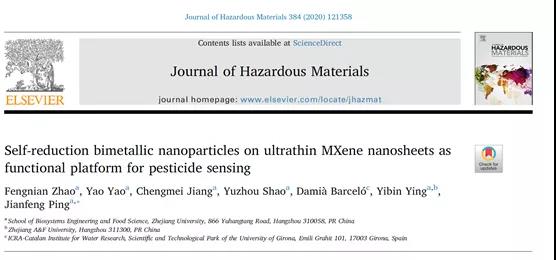

With the improvement of people‘s living standards and the development of science and technology, environmental pollution has attracted the attention of many researchers. As one of the main pollutants, pesticides pose a potential threat to the health of humans and non-human species due to illegal use or processing. Among them, organophosphorus pesticides (OPs) are compounds that generally contain phosphorus and are mainly used to control plant diseases and insect pests and parasitic weeds. Although some highly toxic OPs have been degraded or replaced by biodegradable chemicals, the problem of their residues in agricultural products and the environment still exists. More importantly, some organophosphorus pesticides can be oxidized into highly toxic pesticides. For example, parathion can be gradually converted to paraoxon in the environment, and its toxicity poses a greater threat to human health than the original compound. Therefore, the establishment of rapid, on-site analysis methods for OPs and their derivatives has important value. As a typical analysis method, electrochemical biosensors have been widely used in the rapid and sensitive detection of pesticides. In order to improve the performance of electrochemical biosensors, various nanomaterials, such as graphene and metal nanoparticles, are used to improve sensitivity, reliability and accuracy.

In September 2019, researcher Jianfeng Ping of Zhejiang University published a research paper titled: Self-reduction bimetallic nanoparticles on ultrathin MXene nanosheets as functional platform for pesticide sensing in the internationally renowned academic journal Journal of Hazardous Materials. In this work , Bimetallic nanoparticles (Au-Pd NPs) were prepared by self-reduction on the surface of ultra-thin MXene (Ti3C2Tx) nanosheets. The obtained multi-dimensional nanocomposite material (MXene/Au-Pd) has good conductivity and stability, which is conducive to electron transfer and enzyme immobilization. Combined with disposable screen-printed electrodes (SPE), this paper uses the MXene/Au-Pd nanocomposite electrochemical platform to fabricate a high-performance enzymatic biosensor for rapid detection of OPs. Here, we choose paraoxon as a model pesticide because of its high toxicity and the possibility of conversion from other OPs. The results show that our enzymatic biosensor is easy to prepare, environmentally friendly, and highly sensitive, and provides a useful method for rapid detection of paraoxon in agricultural products.

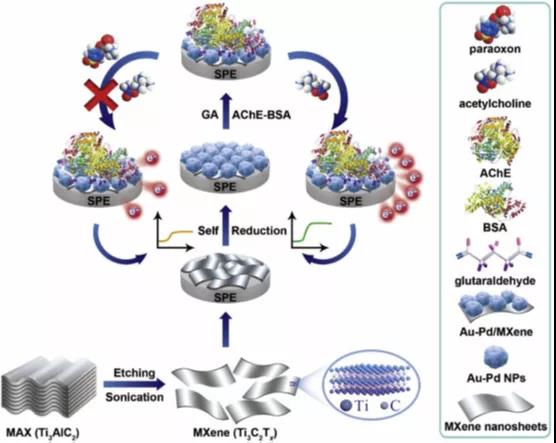
Figure 1. Schematic diagram of the preparation of MXene nanosheets and the preparation of enzyme-based pesticide biosensors using MXene/Au-Pd nanocomposites obtained by the self-reduction strategy.
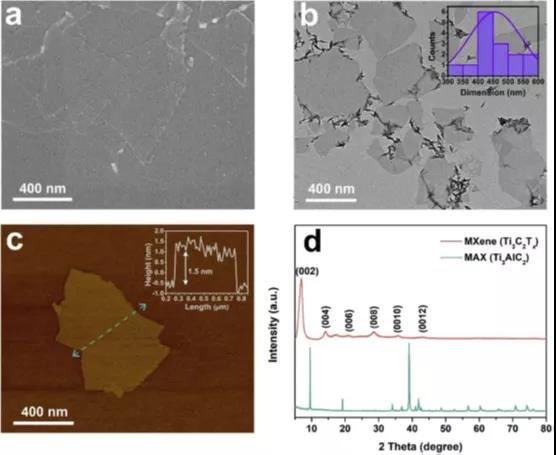
Figure 2. Physical characterization of MXene nanosheets.
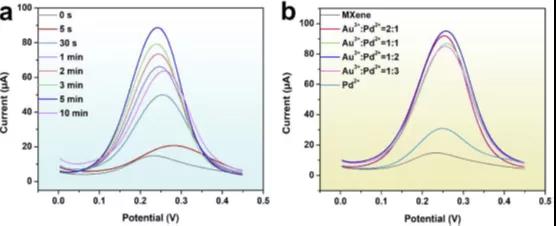
Figure 3. Differential pulse voltammetry (DPV) response of different SPE/MXene/Au-Pd.
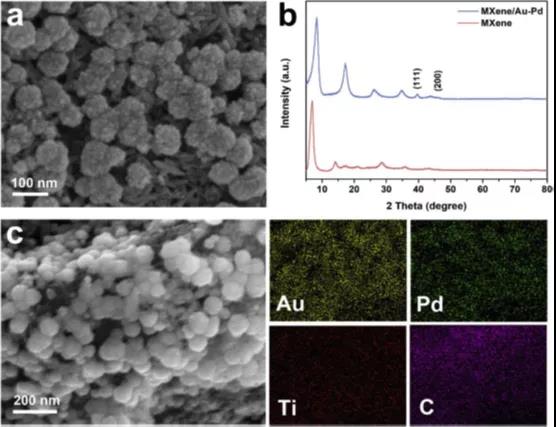
Figure 4. Physical characterization of SPE/MXene/Au-Pd.
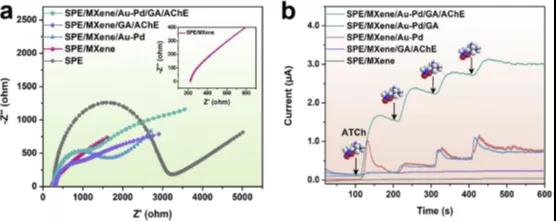
Figure 5. Impedance and current response of different SPEs.
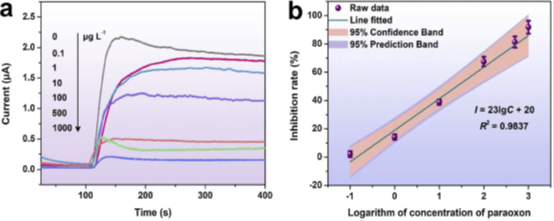
Figure 6. Sensing response of SPE/MXene/Au-Pd/GA/AChE biosensor.

In summary, using MXene/Au-Pd nanocomposite as a functional platform, a pesticide biosensor based on ache for the electrochemical determination of OPs was prepared. Au-Pd bimetallic nanoparticles were synthesized on the surface of ultra-thin MXene nanosheets through self-reduction reaction, and MXene nanosheets were used as natural reducing agent and carrier. The results show that Au-Pd NPs not only have a controllable shape, are easy to prepare, but also have ideal catalytic activity, and can effectively catalyze the hydrolysis of ATCh with AChE. In addition, MXene/Au-Pd nanocomposites have excellent electrical conductivity and large specific surface area, which play an important role in electron transfer and AChE immobilization. The established biosensor uses paraoxon as a model pesticide. It has the characteristics of wide linear range, low detection limit, high sensitivity, and strong sample applicability, which can broaden the application of MXene nanosheets in the analysis of environmental pollutants.
This information is from the Internet for academic exchanges. If there is any infringement, please contact us and delete it immediately
Literature link:
https://dx.doi.org/10.1016/j.jhazmat.2019.121358.
发送反馈
历史记录
- Previous: Angew: Molecular ligan
- Next: MXene breakthrough: Na


 mxene academic
mxene academic
